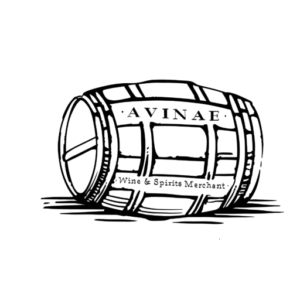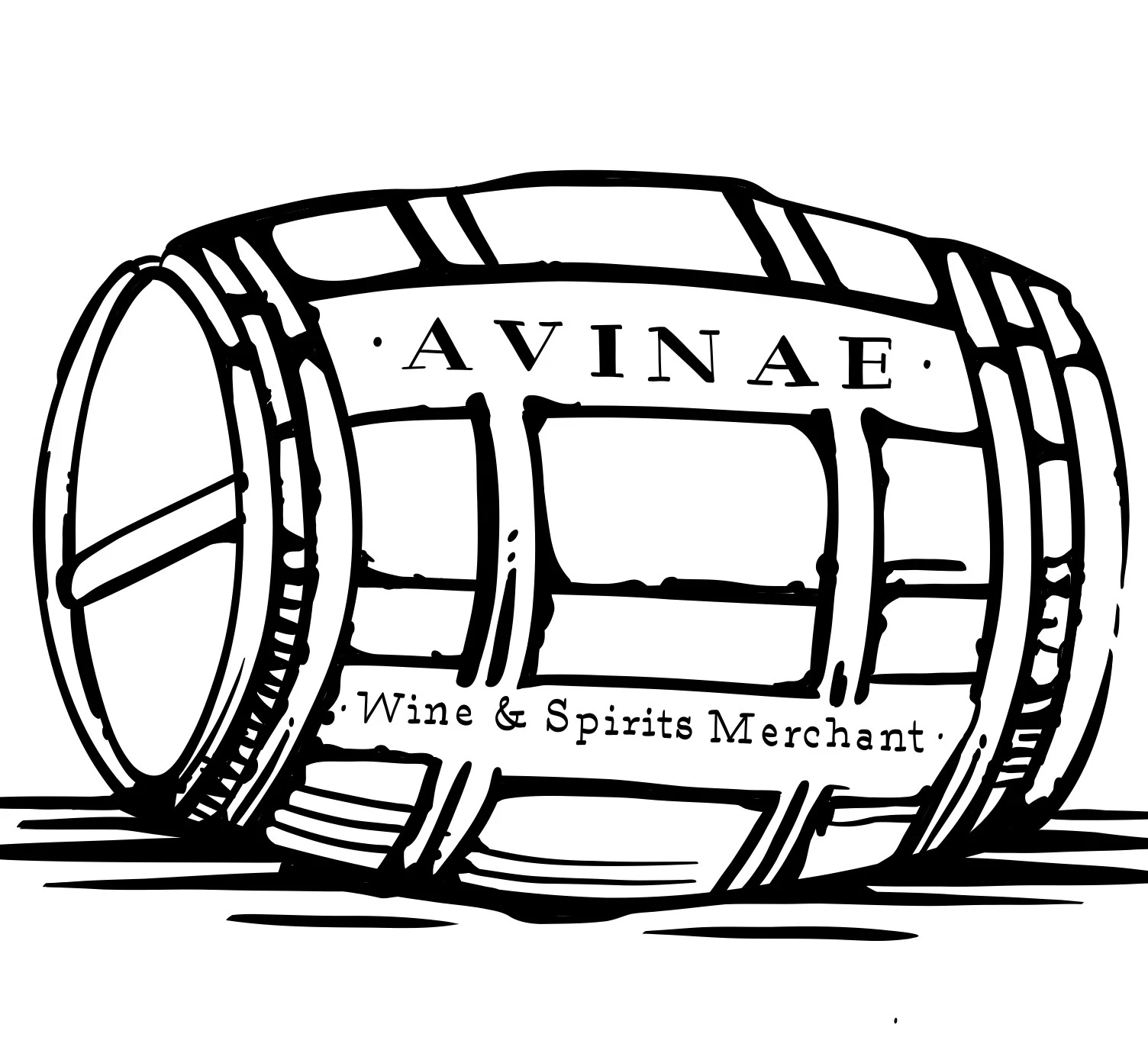What are the elements of luxury wines ?
 What are the elements of luxury wines ?
What are the elements of luxury wines ?
The factors contributing to the exceptional quality of luxury wines include:
- Terroir: Unique and ideal regions with specific soil composition, climate, and natural conditions that impart distinctive flavors, aromas, and textures.
- Grape Quality: Use of the finest quality grapes, often from older vines, resulting in lower yields but more concentrated fruit.
- Expert Craftsmanship/Winemaking: Meticulous and passionate management of every stage from vineyard care to fermentation and aging by highly skilled winemakers, leading to unique character and qualities.
- Balance: Perfect equilibrium among the wine’s components: fruit, acidity, tannins, and alcohol, ensuring no single element overpowers the others.
- Aromatic Complexity: Multiple layers of aromas (floral, mineral, fruity, earthy, spice) that significantly enhance the tasting experience.
- Length (Persistent Finish): Flavors and nuances that linger long after consumption, indicating high quality.
- Aging Potential: The ability to age gracefully over many years, allowing abrasive tannins and acidity to soften and more complex flavors to develop.
Luxury wines are distinguished by a combination of intrinsic qualities and extrinsic factors that contribute to their prestige, desirability, and high price point.1 Here are the key elements:
- Exceptional Quality (Intrinsic Factors):
- Terroir: Luxury wines originate from exclusive, ideal terroirs – regions with unique soil composition, climate (sunshine and cool breezes), and natural conditions that are perfect for grapevine growth.2 This “sense of place” is crucial, imparting distinctive flavors, aromas, and textures.3
- Grape Quality: Only the finest quality grapes are used, often from older vines that produce lower yields but more concentrated, intense fruit.
- Expert Craftsmanship/Winemaking: Passionate and highly skilled winemakers meticulously manage every stage, from vineyard care to fermentation and aging.4 This hands-on approach, precision, and attention to detail result in a wine with unique character and qualities.
- Balance: A hallmark of high-quality wine is perfect balance among its components: fruit, acidity, tannins, and alcohol.5 No single element should overpower the others.
- Aromatic Complexity: Luxury wines offer multiple layers of aromas – floral, mineral, fruity, earthy, spice, etc.6 The interplay of these aromas significantly enhances the tasting experience.
- Length (Persistent Finish): The flavors and nuances of a luxury wine linger long after it’s been swallowed, often for 20 seconds or more.7 This persistence is a strong indicator of quality.
- Aging Potential: Many luxury wines are designed to age gracefully over many years, even decades. This maturation allows the abrasive tannins and acidity to soften, developing more complex and nuanced flavors.8
- Scarcity and Exclusivity (Extrinsic Factors):
- Limited Production: Luxury wines are typically produced in small batches or from low-yield vineyards, making them inherently rare.9 This scarcity drives demand and exclusivity.10
- Allocation/Access: Due to their limited quantities, these wines are often sold through mailing lists, exclusive clubs, auctions, or invitation-only events, making them hard to obtain for the general public.11 This “chase” adds to their appeal.
- High Price: The elevated price tag is a direct reflection of the quality, rarity, and demand.12 While price alone doesn’t define luxury, it’s a significant indicator.
- Brand Reputation and Heritage: Luxury wines often come from renowned wineries with a long history, tradition, and consistent track record of producing exceptional wines.13 This heritage adds to their allure and trustworthiness.
- Perception and Experience (Consumer-Centric Factors):
- Status and Privilege: Owning and sharing luxury wine provides a sense of status, privilege, and accomplishment for the consumer. It’s a statement piece.
- Storytelling: A compelling and authentic story behind the wine – its origin, the winemaker’s philosophy, the unique characteristics of the vintage – enhances its appeal and connects with consumers on an emotional level.14
- Aesthetics: The packaging, including the bottle design, label, and presentation case, often exudes elegance, opulence, and uniqueness. It contributes to the overall perception of luxury.
- Immersive Experience: Luxury wine often goes hand-in-hand with curated wine tasting events, access to wine experts (sommeliers), and other experiences that deepen appreciation and understanding.15
- Collectibility: Many luxury wines are considered collector’s items, sought after by wine lovers and aficionados worldwide.16
In essence, a luxury wine is more than just an expensive bottle; it’s a culmination of superior viticulture and winemaking, rare availability, a rich history, and a captivating narrative that culminates in an unparalleled sensory experience and a powerful symbol of status and enjoyment.




You must be logged in to post a comment.